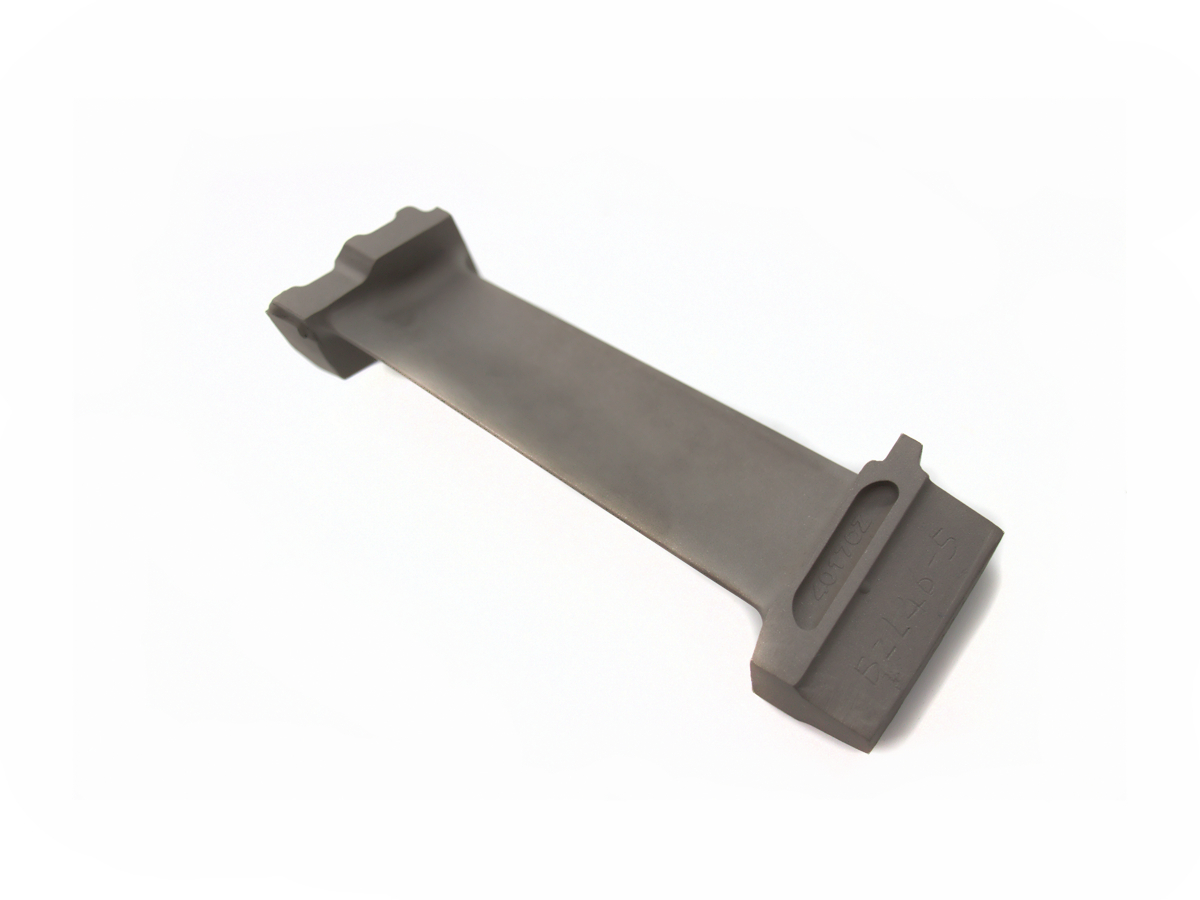Aerospace Innovations: The Critical Role of Superalloy CNC Machined Parts in Aircraft Components
Redefining Aircraft Performance with Advanced Materials
Modern aerospace engineering demands materials that withstand extreme conditions: 800°C turbine temperatures, 5G vibration loads, and corrosive jet fuel exposure. Superalloys like Inconel and Rene now constitute 70% of jet engine components, offering 3x higher strength-to-weight ratios than conventional steels. Precision CNC machining services transform these alloys into complex geometries, achieving 20% fuel efficiency gains in next-gen turbofans.
A Boeing 787 case study revealed Inconel 718 turbine disks processed via 5-axis milling endure 50,000+ flight cycles—a 400% lifespan improvement over legacy designs.
Material Selection: Engineering for Extreme Conditions
Superalloy | Key Metrics | Aerospace Applications | Limitations |
|---|---|---|---|
1,300 MPa UTS @ 700°C, 25% elongation | Turbine disks, engine mounts | Requires solution treatment post-machining | |
1,100 MPa UTS @ 850°C, 15% creep life | Afterburner components | Machining necessitates ceramic tools | |
760 MPa UTS @ 1,000°C, oxidation resistance | Combustion chambers | Limited weldability | |
900 MPa UTS, 40% weight savings vs steel | Landing gear, structural frames | Susceptible to galling during machining |
Material Selection Protocol
High-Temperature Zones
Rationale: Rene 41’s γ' phase stabilization enables 850°C operation in afterburners. Combined with thermal barrier coatings, surface temps reduce by 250°C.
Validation: Pratt & Whitney F135 engines demonstrate 10,000-hour lifespans under combat conditions.
Corrosion-Prone Areas
Logic: Hastelloy X’s 20% chromium content resists sulfidation in combustion liners. EDM hole drilling achieves 0.2mm cooling channels without recast layers.
CNC Machining Process Optimization
Process | Technical Specifications | Applications | Advantages |
|---|---|---|---|
±0.005mm accuracy, 18,000 RPM spindle | Turbine blade airfoils | Single-setup machining of 3D contours | |
500 m/min surface speed, PCBN inserts | Engine shaft journaling | Achieves Ra 0.4μm finish on Inconel 718 | |
0.1mm kerf width, ±0.003mm precision | Fuel nozzle intricate geometries | Zero mechanical stress on heat-treated alloys | |
0.1mm layer resolution, 99.8% density | Turbine blade tip repairs | Matches base material mechanical properties |
Manufacturing Strategy for Turbine Blades
Precision Roughing
4-axis milling removes 80% material using 10mm carbide end mills at 0.25mm/tooth feed.
Stress Relief
760°C/4h aging treatment stabilizes Inconel 718’s δ phase, preventing distortion during finishing.
Aerodynamic Finishing
5-axis contouring with 6mm ball-nose tools achieve Ra 0.8μm on blade surfaces, reducing airflow turbulence by 15%.
Surface Engineering: Maximizing Component Lifespan
Treatment | Technical Parameters | Aerospace Benefits | Standards |
|---|---|---|---|
300μm YSZ, 1,300°C thermal insulation | Turbine blade thermal protection | AMS 2680 | |
50μm thickness, HRC 60 | Corrosion resistance for fuel valves | AMS 2424 | |
4 GW/cm² intensity, 1.2mm depth | Fatigue life enhancement in landing gear | SAE AMS 2546 |
Coating Selection Logic
Combustion Chamber Protection
Plasma-sprayed MCrAlY coatings reduce oxidation rates by 70% in Hastelloy X liners at 1,000°C.
Hydraulic System Durability
Electroless nickel plating on Ti-6Al-4V achieves 5,000-hour salt spray resistance per ASTM B117.
Quality Control: Aerospace Certification
Stage | Critical Parameters | Methodology | Equipment | Standards |
|---|---|---|---|---|
Metallography | Grain size ASTM 6-7, <0.5% porosity | SEM/EDS analysis | Zeiss Sigma 300 | AMS 2315 |
Dimensional Inspection | Profile tolerance ±0.025mm | Laser scanning | Hexagon Absolute Arm 7-axis | ASME Y14.5-2018 |
Fatigue Testing | 10⁷ cycles @ 90% yield strength | Servo-hydraulic rigs | MTS 370.10 with 250 kN capacity | ASTM E466 |
Certifications:
NADCAP AC7004 for heat treatment
AS9100D full digital traceability
Industry Applications
Turbine Disks: Inconel 718 + 5-axis milling (0.01mm balance tolerance)
Exhaust Systems: Hastelloy X + laser cladding (8x corrosion resistance)
Landing Gear: Ti-6Al-4V + laser peening (200% fatigue life improvement)
Conclusion
Advanced superalloy CNC machining enables 25% lighter aircraft structures without compromising safety. Our aerospace manufacturing solutions deliver NADCAP-certified components meeting FAA EASA standards.
FAQ
Why choose Inconel 718 over titanium for engine mounts?
How does laser peening enhance landing gear durability?
Best surface treatment for combustion chamber liners?
How to validate superalloy grain structure post-machining?
What CNC parameters prevent work hardening in Rene 41?

